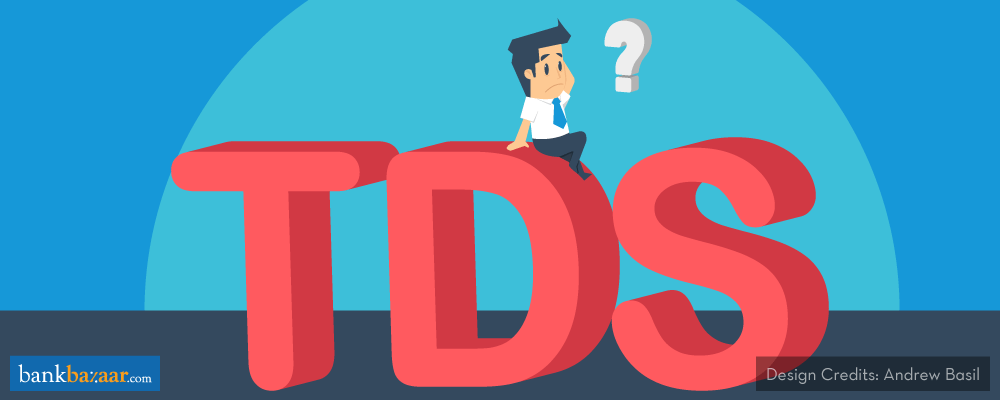While the government expects you to pay tax honestly, make sure you take advantage of its exemption schemes to the fullest.

As FY 2017-18 nears its end, your employer may have already started reminding you to submit proof of tax-saving investments and expenses. Although the accounts department may have computed tax on your salary since April 2017, on the proposed investment declaration, it’s time to submit proof of actual investments as per the investment declaration.
Employers deduct tax from your salary and pay it to the Government known as Tax Deducted at Source (TDS). If you do not submit proofs on time, excess TDS will be cut. It will get refunded by the Income Tax Department only once the tax cycle is over. To avoid this, make sure you submit proofs to claim tax deductions before your TDS is determined.
Proof of Investments Under Section 80C
Eligible investments under this section like ELSS, PPF, premiums paid on life insurance plans and some other investments, enjoy a tax deduction up to Rs 1.5 lakh a year.
To show proof of investment you need to submit statements, digital or physical photocopy as demanded by your company of the said financial product. You need to make sure the proof shows that you have paid all outstanding premiums, instalments for SIPs and more until March 2018.
If you have invested in PPF at a bank or post office, you can submit photocopies or scan of your passbook that show account details and proof of transactions. For Sukanya Samriddhi Scheme or the five-year tax saver FD, submit the certificate from the bank or the deposit receipt.
Claiming HRA Exemption
You need to show a copy of the lease or rent agreement or a declaration by the landlord in the prescribed format to claim the House Rent Allowance (HRA) exemption. You have to submit proof that the landlord owns the rented premises and this may be the house tax receipt or the latest electricity bill. Submit your original rent receipts or else your HRA claim will be rejected. If you pay a rent above Rs. 1 Lakh a year, Permanent Account Number (PAN) of the landlord is compulsory.
Remember that you cannot claim rent for more than one house. And that premise must be located in the city of your work.
Exemption Home Loan Principal and Interest Repayment
For Home Loans, there are two sections. The first is for the principal paid which comes under Section 80C itself. A certificate from the bank, NBFC, or HFC showing the principal paid on the Home Loan from April 2017 to March 2018 is required. The bank has to mention the provisional amount for the last 2-3 months of the current financial year too, as home loan EMIs may be pending.
If you do occupy the property, then you can claim a maximum benefit of up to Rs. 2 lakh on the interest under Section 24 of IT. For this make sure that your bank clearly gives an interest segregated balance sheet to compute how much interest you paid through the year.
An additional interest deduction of Rs. 50,000 under Section 80EE is applicable for first-time home buyers. This is applicable for loans in FY 2016-17, provided the homeowner meets other eligibility criteria.
Proof of Investments for NPS
Investments made in the National Pension Scheme through Corporate Model or Employee model doesn’t require investment proof. But if you invest Rs. 50,000 in NPS on your own to claim the tax deduction under Section 80 CCD(1B), then you will have to submit the copies of your PRAN (Permanent Retirement Account Number) and the NPS Transaction Statement for the Tier 1 Account.
For Health Insurance Tax Benefits
The premiums paid on Health Insurance plans for you, spouse, kids, and parents enjoy a tax deduction up to Rs 25,000 a year under Section 80D. If your parents are senior citizens, the maximum allowable tax deduction is Rs 30,000 a year.
You have to ask the insurer for a statement showing health insurance premiums paid, to claim this benefit. Pay your Health Insurance premiums via your bank account through digital transfer or by cheque to qualify. Cash payments do not qualify for this deduction.
BankBazaar.com is a leading online marketplace in India that helps consumers compare and apply for Credit Card, Personal Loan, Home Loan, Car Loan, and insurance.